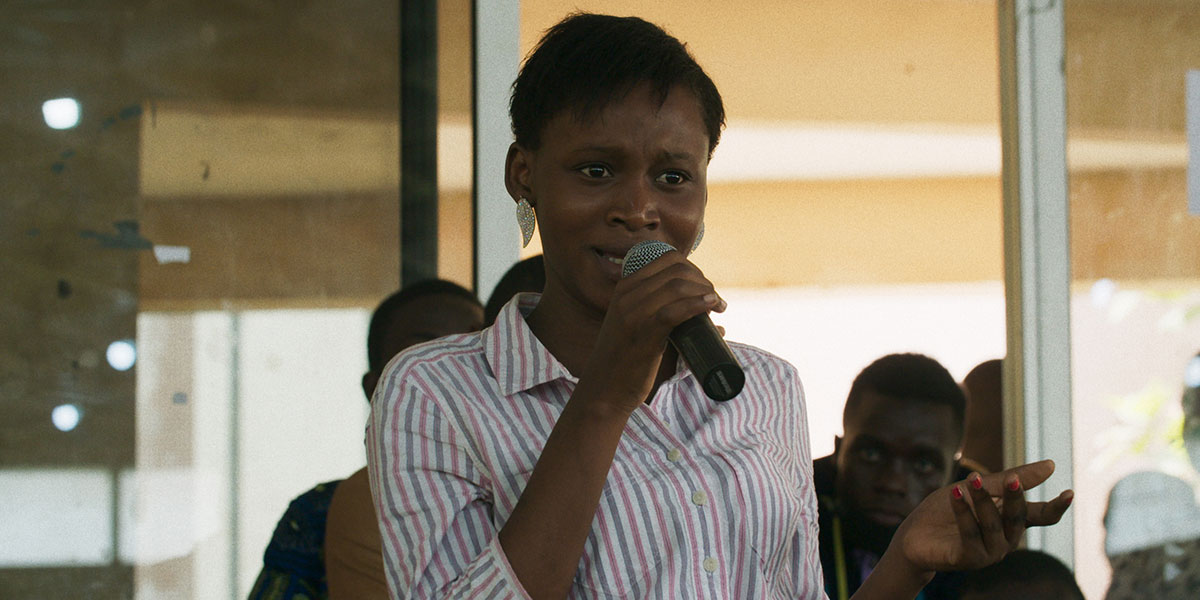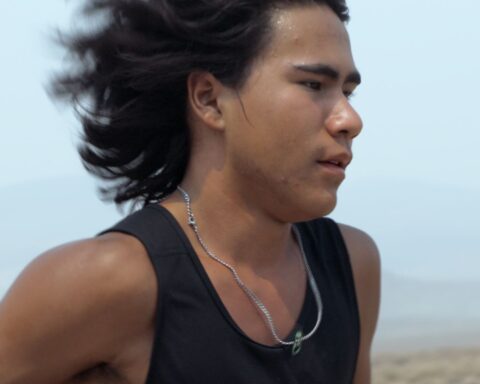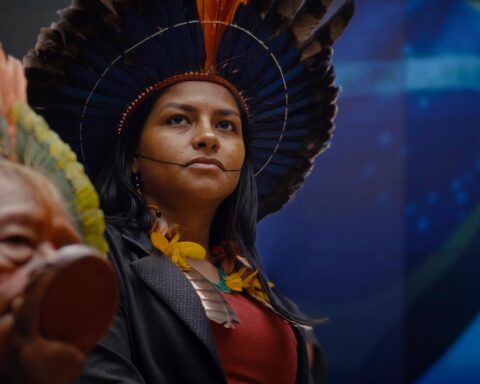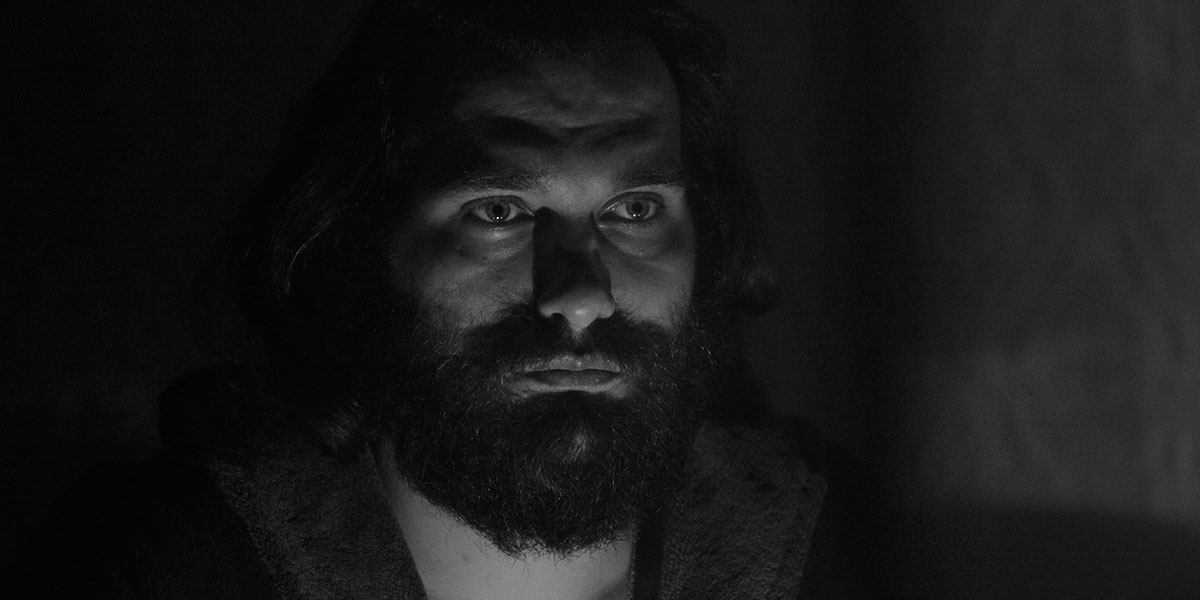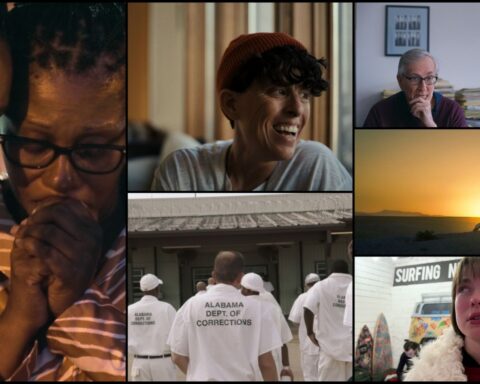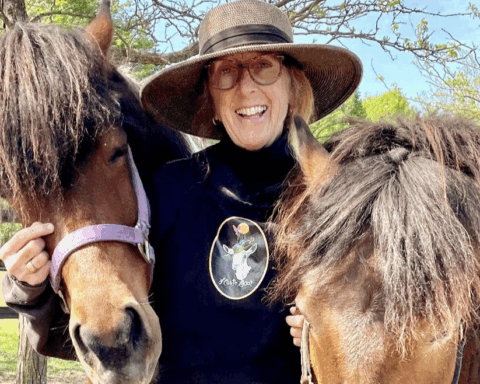It’s fascinating to watch TIFF engage so nimbly and persuasively in a cultural shift, which respectfully engages with filmmaking from Indigenous and post-colonial societies. The festival has always been progressive, in an academic way, showing a reasonable selection of films from Asia, Africa and South America. Now there’s more to it: you see enlightened programming everywhere, in the majority of the selections, with a huge number of films directed by women and members of the LGBTQIA+ community as a matter of course.
There’s clearly a genuine interest in the works of Indigenous artists from North America, northern Europe and Asia, Australia, and New Zealand. As a necessary companion, one can view films from former colonies in Africa, Asia, the Caribbean and South American throughout the festival.
Films from societies that experienced repression for generations are fundamentally different from those by Western directors. Their aesthetic is innately political and how they choose to make films is often dictated by a desire to engage with their audience in a manner that isn’t so obviously pursued by Western auteurs. The result for TIFF filmgoers is the opportunity to see works from radically different artists, who were not on the radar of most festivals until recently.
Dahomey is a case in point, although French-Senegalese filmmaker and actor Mati Diop has been on the cinema scene since her first short in 2009. Her new feature documentary is a wonderfully realized art film that is poetic and political, and has already won a major award, the Golden Bear, at the Berlin Film Festival. It tells the fraught tale of colonial repatriation, with the French government finally allowing the return of 26 royal treasures stolen from the Kingdom of Dahomey in 1892, which has now been sent—after much negotiation—to present-day Benin.
That makes the films sound like a simple political doc, but it is no such thing. Diop chose to add a voice somewhat similar to James Earl Jones’ stentorian basso-profondo as Darth Vader, which was used so effectively in the classic early Star Wars films. Here the deep voice is used to render the consciousness of one of the gorgeously rendered artifacts—a beautiful sculpture– brought back to life after being entombed in a French museum for over a century. While pursuing that complex and moving narrative, Diop allowed for a lengthy and truly engaging debate by university-aged Beninois, who talked about the meaning of the artifacts, how they related to Dahomey’s history and, most politically, whether they should be insulted by the French government’s return of only 26 of the thousands of gorgeous and meaningful objects taken from them well over a century ago.
Neil Diamond and Joanne Robertson’s So Surreal: Behind the Masks engages with the same situation, only within a Canadian context. Once again, objects which meant so much to a local culture—that had genuine spiritual resonance—were removed by an imperial power. The Canadian government, empowered by their British masters, stole masks—and other objects—from the Yup’ik and Kwakwaka’waka nations (and many others). Further, they eliminate the hugely important potlach ceremony for many decades in an attempt to eradicate a culture that was intrinsically in opposition to the capitalist society Canada wanted to impose on them.
What happened to the Vancouver Island masks was intriguing. While most were simply stolen and ended up being collected and sold as traditional objects, the Surrealist artists—Andre Breton, Max Ernst, Roberto Matta and others—embraced them as brilliant examples of the unfettered imagination. Just as Picasso and Braque had loved African objects such as the Dahomey sculptures and used them in their art, the Surrealists truly “got” the meaning behind the Northwest Coast masks and used them in their work.
Here we get into a fascinating grey area. Yes, we should denounce colonial appropriation, especially when it’s outright stealing. But what are to make of artists being inspired by African sculptures or Northwest Coast masks? They don’t understand the true religious and historical value of what they’re seeing—but such artists are being inspired to create new work. Is this a bad thing? Or is it too inappropriate to be given serious consideration?
TIFF has barely started but thanks to some pre-festival viewing, it’s been possible to see other beautiful examples of new Indigenous films. Inkwo for When the Starving Return is an extraordinary animation short by Amanda Strong, a fierce and imaginative tale that recasts an Indigenous myth into the beginning of what could be an epic tale. Seeds, directed by and starring the immensely talented Kaniehtiio Horn, is an initially funny tale of an internet user named Ziggy (played by Horn) who is manipulated by a seed company into making them look cool until she finds out how evil GMO (genetically modified organisms) producers can be. Horn’s tale is charming at first—especially her very clever use of legendary Indigenous actor Graham Greene as an imaginary digital character—but it does turn quite bloody by the end. Her conclusion may not be disputed—certainly not by me—but it will likely make the film harder to market, post TIFF.
Indigenous tales are being made throughout the world. Ka Whawhai Tonu (Struggle without End) looks at a huge 19th century battle in New Zealand which dramatically affected Maori society while My Father’s Daughter is a dynamic family drama set among the Sami in contemporary Norway. Funny and engaging, it depicts what happens to a teen who has renegotiate her life after her long-lost father pitches a tent on their back lawn and announces that he wants to be finally a part of her life.
There are many other Indigenous tales at TIFF. Perhaps the best way to end this brief look is to extol one of the finest things the festival has ever done: craft a gorgeous and truly affecting land acknowledgement based on shots from the work of the great filmmaker Alanis Obomsawin. Kudos to Alanis and the NFB and TIFF CEO Cameron Bailey of TIFF who gave his voice to the piece.




